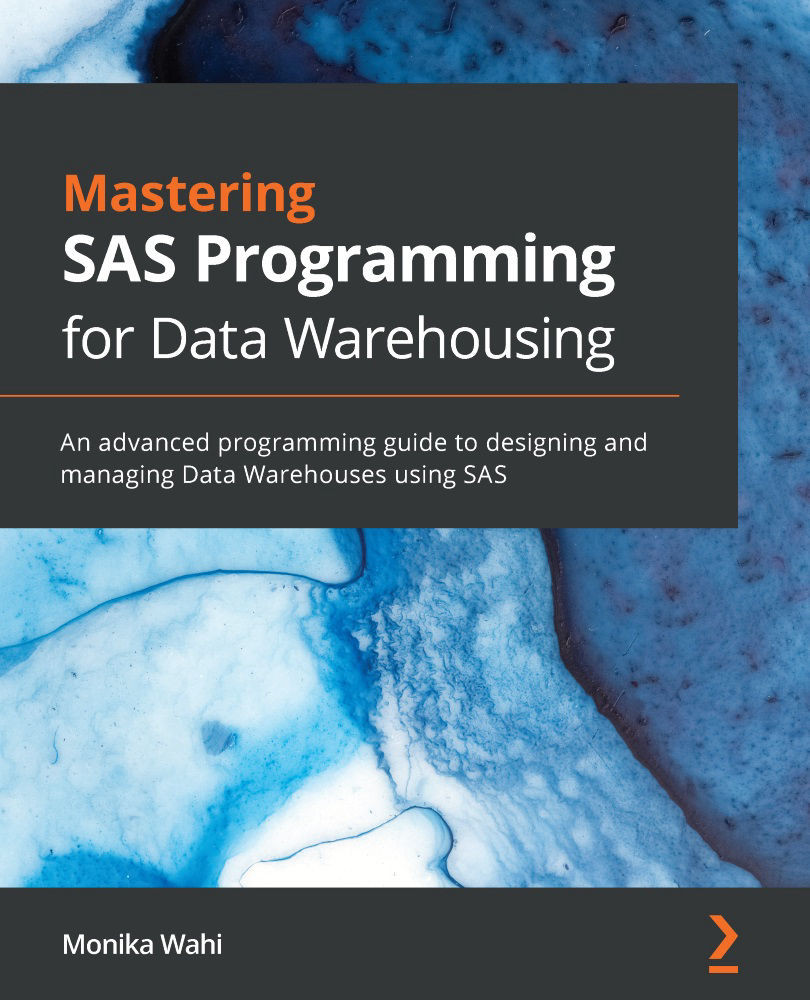Questions
Why should de-identification take place on a server, rather than connected to the internet?
Why is it important to support remote work for analysts and developers?
Why do data warehouses configured in a star schema need a lot of space for data storage?
What does an ODBC connection using SAS/ACCESS allow the SAS user to do?
What are the advantages of using
PROC SQLviews to stage data transfers from non-SAS databases to SAS data warehouses?SAS offers the use of an ODBC connection to connect to remote database systems in other formats (such as SQL), which we went over in this chapter. Under what circumstances might it be easier to transfer data into the SAS environment from a remote environment in a more manual way, without using an ODBC connection?
How could
PROC SQLbe used to export a dataset out of a SAS environment into a SQL database?



































































